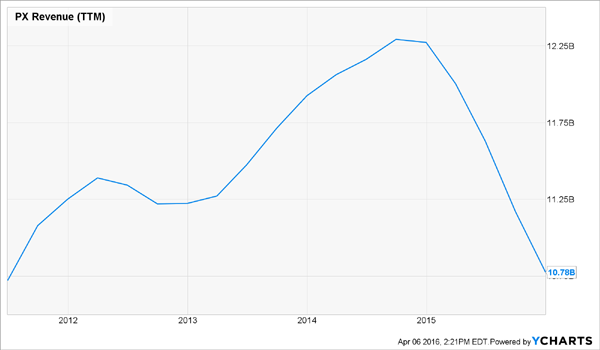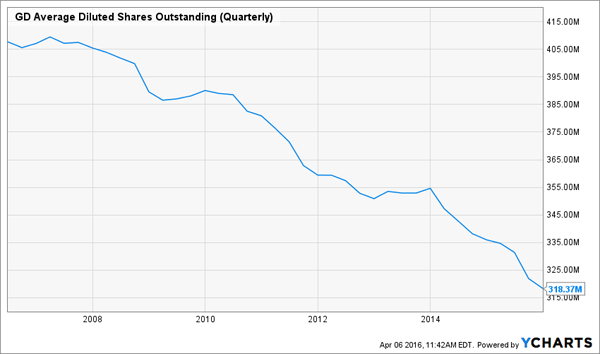Social Security tips for working retirees
If you work in retirement, know the impact to your Social Security and taxes.
- FIDELITY VIEWPOINTS
- – 04/20/2016
Do you plan to work in retirement? If so, you need to be aware, if you’ve begun taking Social Security benefits, of how your Social Security income may be taxed—and the earned income thresholds that determine the level of your taxes and any reductions in benefits.
Thirty-seven percent of people in a recent AARP survey indicated that they plan to work either full time or part time during retirement.1 Why? In addition to the financial benefits, many older workers find that a job can add valuable structure to their day and provide the mental stimulation that comes from interacting with co-workers, clients, and other work associates.
Among those who plan to work in retirement out of financial necessity, a survey by the Transamerica Center for Retirement Studies found 43% expected to use the money to cover essential expenses, 37% to pay for health care, and 20% to save more for retirement.2
Whatever your reason for considering working in retirement, it’s a good idea to know how doing so will affect your Social Security benefits and your tax bill. Here are the facts plus some strategies to consider.
Temporary benefit reductions for earned income
Note that “earned” income includes wages, net earnings from self-employment, bonuses, vacation pay, and commissions earned—because they are all based upon employment. Earned income does not include investment income, pension payments, government retirement income, military pension payments, or similar types of “unearned” income.
The earliest age at which you are eligible to claim Social Security benefits is 62. If you claim your benefits and continue to work, there is an earnings restriction until you reach your full retirement age (FRA) of 66. If you have earned income in excess of $15,720 in 2016, your benefits will be reduced by $1 for every $2 of earned income over the $15,720 limit.
If you reach your FRA during 2016, the limit for earned income rises to $41,880 and the benefits reduction is $1 for every $3 earned over the limit until the month you reach your FRA. After that, there are no earnings limits and no benefit reductions based upon earned income.
For example, if your monthly benefit was $2,000, here is how much your benefit would be reduced for various levels of earned income at certain ages:
These benefits are not truly “lost,” however. If your benefits have been reduced due to earning too much prior to reaching your FRA, you will get these benefits back at your FRA when your monthly Social Security check will be increased to account for benefits withheld earlier due to excess earnings.3
Income tax implications
Social Security benefits are subject to federal income taxes above certain levels of “combined income.” Combined income consists of your adjusted gross income (AGI), nontaxable interest, and one-half of your Social Security benefits. (See: "Income Taxes And Your Social Security Benefits ," for more information.)
," for more information.)
 ," for more information.)
," for more information.)
For individual filers with combined incomes of $25,000 to $34,000, 50% of your Social Security benefit may subject to federal income taxes. If your combined income exceeds $34,000, then up to 85% of your Social Security benefits could be taxed.
For joint filers with combined incomes of $32,000 to $44,000, 50% of your Social Security benefit may subject to federal income taxes. If your combined income exceeds $44,000, then up to 85% of your Social Security benefits could be taxed.
Regardless of your income level, no more than 85% of your Social Security benefits will ever be subject to federal taxation.
Additionally, 13 states also tax your Social Security benefits. The rules and exemptions vary widely across this group so it is wise to research the rules for your state or consult with a tax professional if this affects you.4
Social Security and Medicare taxes
In addition to federal and possibly state income taxes, you will pay Social Security and Medicare taxes on any wages earned in retirement. There is no age limit on these withholdings, nor any exemption for any sort of Social Security benefits status.
The good news is that these earnings can also count toward the calculation of your benefits: Social Security checks your earnings record each year and will increase your benefit, if appropriate, based on these additional earnings.5
What if you are making much less in retirement than before? Could it hurt your benefits? The answer is no, because the benefit payment is still based on your 35 highest years of earnings. At worst, there would be no impact; at best, it could help if this replaces any of the lower 35 years.
The big decision: When to claim Social Security
When to claim Social Security benefits will be one of the most important decisions that you make regarding your retirement, along with how to take retirement income from your various retirement accounts and how you will fund your health care needs in retirement. The following chart shows the difference for someone turning 62 in 2016. Let’s assume his or her annual salary at retirement is $100,000. The first set of numbers on the chart shows the benefit amounts he or she would receive by claiming at various ages.
The bottom row of the chart expresses the differences as a percentage of the benefit amount received by claiming at your FRA for someone born in the years from 1943 to 1954.7
A change in the rules in late 2015 closed the door on the popular claiming strategy for couples that allowed one spouse to file and suspend his or her benefit while the other spouse files a restricted application for a spousal benefit based on the first spouse’s earnings record. This option ends as of April 30, 2016.
- Read Viewpoints: "New Social Security Rules."
You should also be aware of a special rule for the first year of retirement. This rule allows you to get a full Social Security check for any whole month you’re retired, regardless of your yearly earnings. This helps people who retire in midyear or later who have already earned more than the annual earnings limit.
Going back to work—meet James
In our hypothetical example, James, age 64, retired at 62 from a plumbing supply company in the Chicago area, and claimed Social Security benefits as soon as he was eligible, at 62. James misses not having some structure in his day. He loves home improvement and helping people, so he found a job at a big box retailer. His wife, Arlene, age 61, is still working part time. Both have FRAs of age 66.
Three Social Security options for James to consider
- Social Security do-overs are allowed within 12 months of commencing benefit payments.8 In James’s case, he missed this window for a do-over. You are allowed one lifetime do-over, or withdrawal of benefits, and you must repay all benefits received. This includes, in addition to your own benefits, any benefits received by other family members based upon your earnings record, whether or not they are living with you; any monies withheld for Medicare payments; and any garnishments that may have been withheld from your benefit payments. When you resume benefits at a later date, they will be at the starting amount for your age and earnings record at that new time.
- Suspending your benefit is allowed once your reach your FRA. James can do this when he turns 66 if he chooses. The advantage is that his benefit will be suspended at the level at the time of suspension, and it can now grow until he resumes taking it at any point up until age 70, when it reaches its maximum level. The advantage for James is the accrual of delayed retirement credits, which will result in a higher benefit level when he resumes his benefit.9 However, he will pay taxes on earned income. Under the new rules, once James suspends his benefit, no one, including his spouse, can receive a benefit from his earnings record.
- Filing a restricted application. Since Arlene did not turn 62 prior to December 31, 2015, she would not be eligible to file a restricted application for a spousal benefit based upon James’s earnings record once she reaches her FRA, to allow her own benefit to continue accruing. She would have to choose between filing a spousal benefit or her own benefit when she files. This might be advantageous for the couple, and could provide a reason for James to continue drawing his benefit.
Benefits of working longer
Working into retirement can help in your retirement planning, especially if your savings are running a bit behind your goals. Continuing to work allows you to keep building retirement savings. If you meet the eligibility requirements, you can contribute to a 401(k) or other tax-deferred workplace savings plan, a health savings account (HSA), and an IRA, even if you are collecting Social Security. You can also make catch-up contributions, which enable you to set aside larger amounts of money for retirement. The combination of the added savings, tax-deferred growth potential, the ability to delay claiming Social Security benefits, and the ability to defer tapping into your savings can be powerful, even at the end of your working career.
Learn more
Read Viewpoints:
1. "Retired, But Working," WealthManagement.com.
2. Ibid.
3. "How Work Affects Your Benefits," SSA.gov.
4. The states are: Colorado, Connecticut, Kansas, Minnesota, Missouri, Montana, Nebraska, New Mexico, North Dakota, Rhode Island, Utah, Vermont, and West Virginia.
5. "Social Security and Medicare Payroll Taxes at 66+," AARP.org.
6. "Social Security Benefits Calculator: When Should You Claim Yours?" AARP.org. Social Security benefits are calculated based on an estimated annual salary that is representative of the person’s average salary over his or her work history and including the top 35 years of earnings.
7. "Social Security Benefits," SSA.gov.
8. "Retirement Planner: If You Change Your Mind," SSA.gov, and "3 financial do-overs with Social Security," Bankrate.com.
Past performance is no guarantee of future results.




















